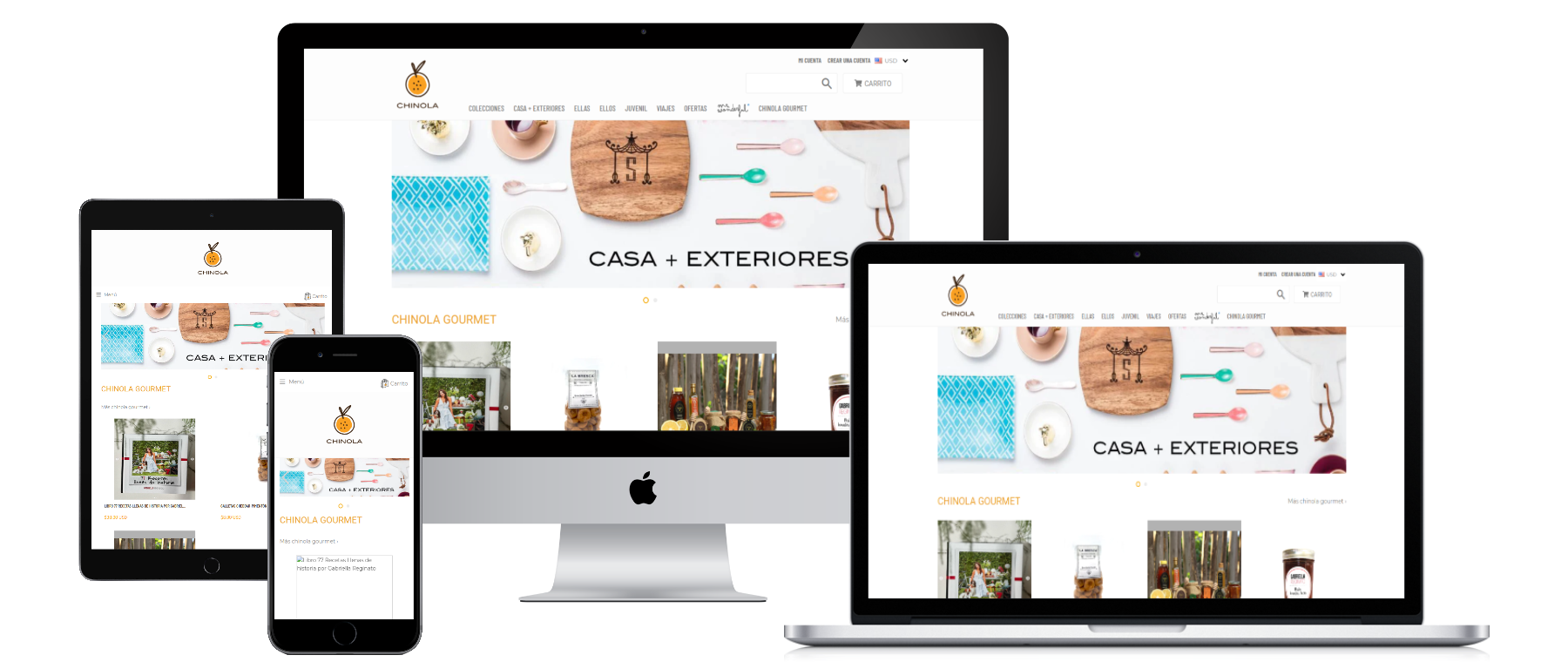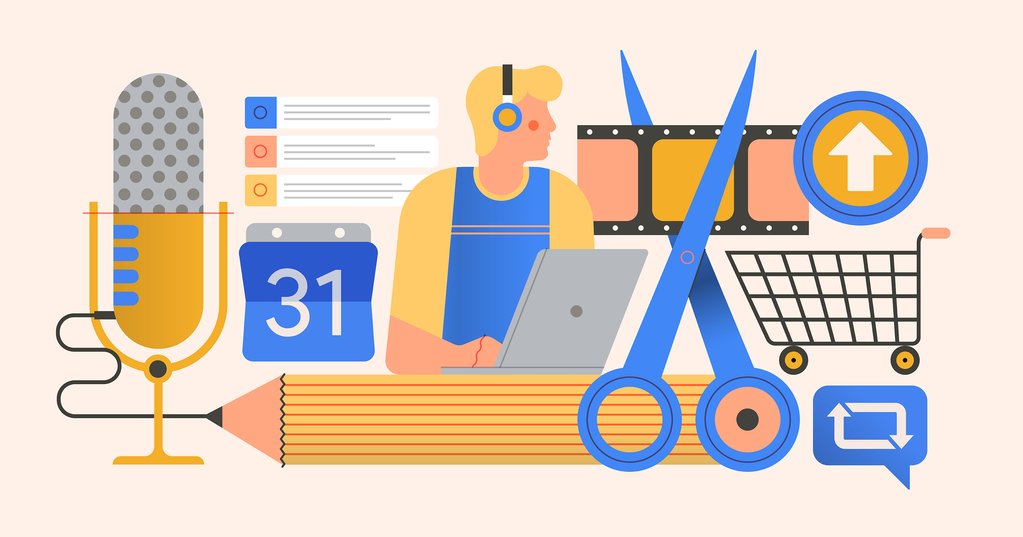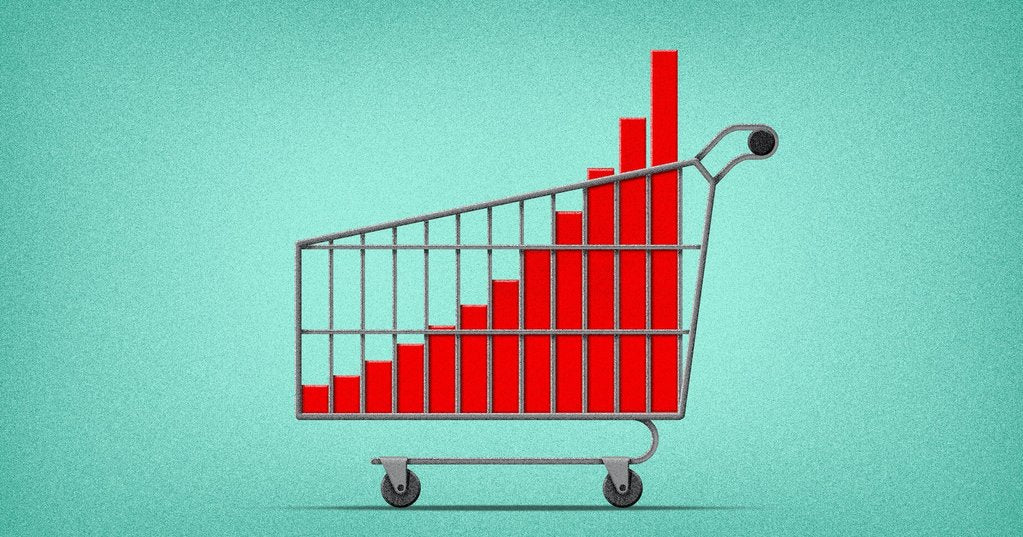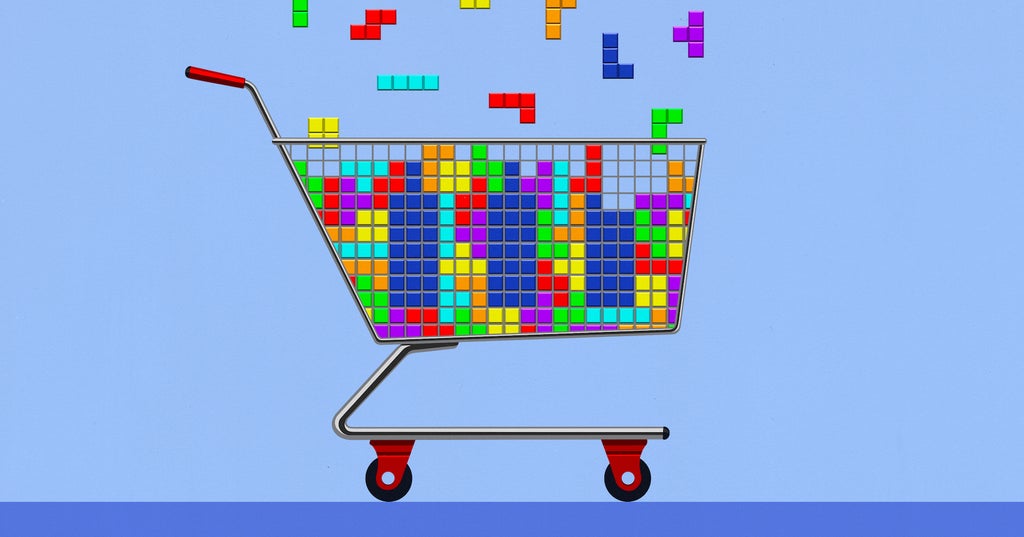The rise of the creator economy promises budding influencers and entrepreneurs-to-be more than the opportunity to create content. Instead, it extends the idea of earning a living or building a business.
Many creators have drafted the audience-to-business blueprint, laying out the steps for influencers to find financial independence. Take Emma Chamberlain who parlayed her YouTube channel, where she shares intimate vlogs, into Chamberlain Coffee. And Hila Klien, a YouTuber and podcaster, now runs Teddy Fresh, a streetwear brand with over 100 employees.
While creator-centered businesses might begin with a notepad scribbled with hopes and aspirations, they’re built day-by-day with trusted tools. These include apps, platforms, and sites that creators use to craft content, distribute it to an audience, engage with their followers, monetize their fan base, build partnerships, run the back-end of their business, and more.
An independent writer with thousands of subscribers might use Google Docs to pen their articles, Substack to share essays with an audience, Canva to add in graphics, Twitter to distribute their content, Discord to build a community for paid newsletter members, and Shopify to sell special edition supporter pins.
While creator-centered businesses might begin with a notepad scribbled with hopes and aspirations, they’re built day-by-day with trusted tools.
The tools creators use are worth paying attention to: creators are cultural curators, irreverent innovators, and early adopters—their tech picks are often an indicator of “what’s best” and “what’s next.”
This article will dive into the tools powering creator-centered businesses that interact with thousands or millions of followers—from the apps TikTokers use to edit quick bite-videos with millions of views to the hosting platforms podcasters use to transmit their voices to thousands of earbuds around the world.





